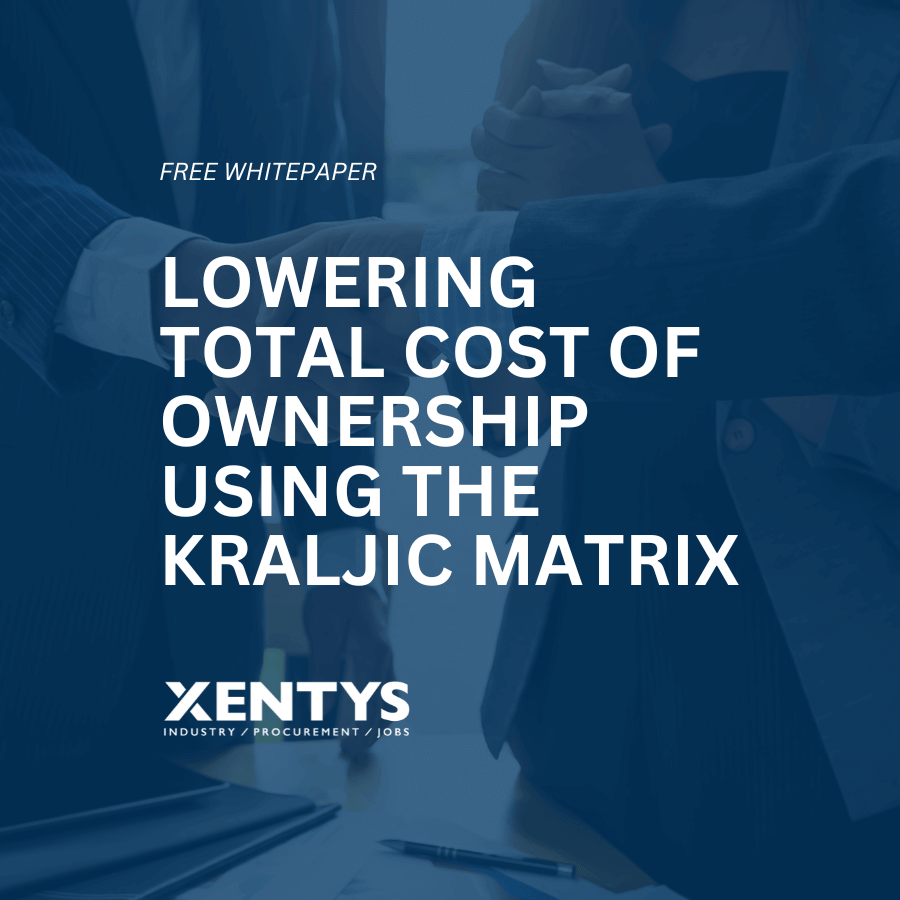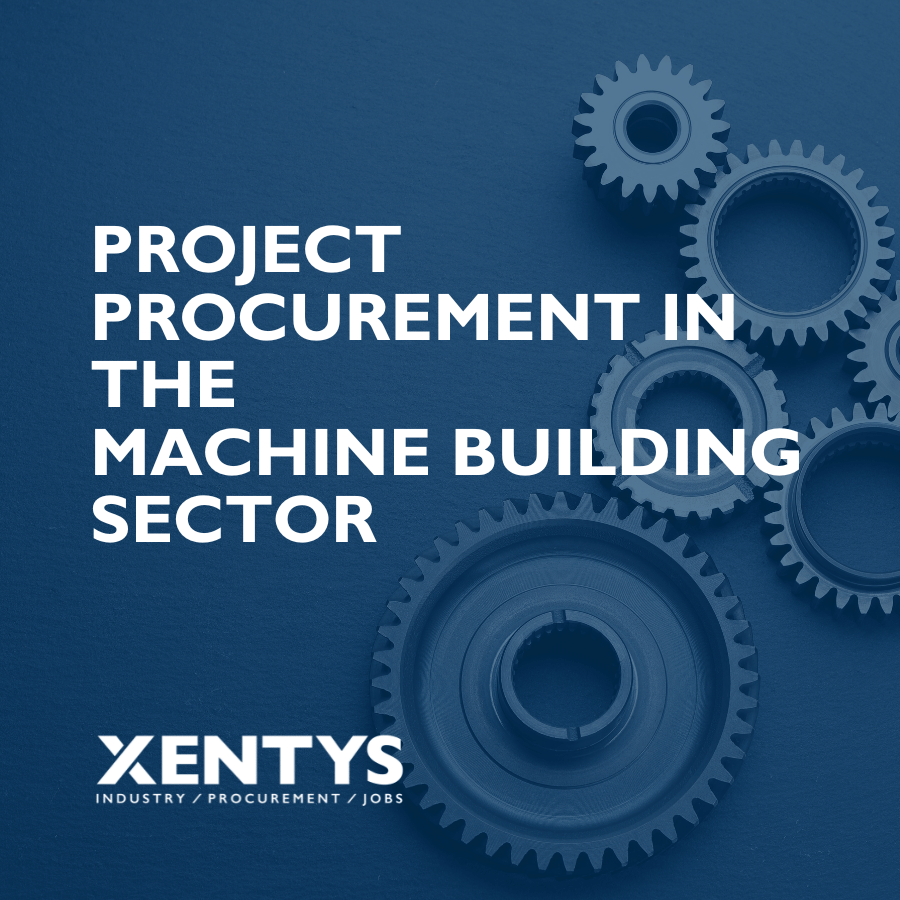Table of contents
Procurement is an essential part of every organization’s operations. By the procurement process we mean the total purchase of products, goods and services needed by the company for its operations. This process includes recognizing needs, finding suppliers, negotiating terms, ordering and overseeing quality and delivery. A well-organized procurement system can cut costs, maximize efficiency, ensure the quality of products and services, and maintain a good relationship with suppliers. A good procurement process can also lead to new opportunities for collaboration and increased profitability.

The importance of the procurement process for businesses
The procurement process, with the right steps, is of great importance to businesses and organizations. It enables them to obtain suitable products, goods and services for their activities. An organized procurement process results in timely delivery of quality materials, parts and products at the best price. It also provides the opportunity to build strong relationships with trusted suppliers, resulting in stable delivery of products and services. By investing in tactical procurement and the procurement process, companies can reduce costs, among other things. In addition, companies can increase their efficiency and better respond to changes in the market.

FREE WHITE PAPER
Reduce Total Cost of Ownership (TCO) with the Kraljic Matrix
The difference between purchasing and procurement
Purchasing and procurement are terms that are often used interchangeably; although they have some overlap, they are different processes. Procurement is the process of buying products or services from external suppliers, while procurement is a broader term that includes activities such as inventory management, contract management and transportation in addition to purchasing.
Clearly distinguishing procurement from purchasing is essential for successful management of the procurement process. Procurement focuses specifically on obtaining products, goods and services with appropriate price and quality. Procurement is a broader term that includes activities such as inventory management, contract management and transportation in addition to purchasing. Procurement focuses on generating value for the organization through a complete approach to procurement activities.
In short, Purchasing and procurement are often mentioned in the same context, but procurement encompasses a range of activities beyond the purchase of goods and services from particular suppliers.
The procurement process roadmap
The procurement process consists of five steps: specification, selection, contract formation, ordering and aftercare. Below we explain the steps in more detail:
- Specification: In this first phase, the company identifies the needs and requirements for the goods and services needed. This will take into account factors such as quality, price, delivery times and reliability.
- Selection: In the second stage, the company selects potential suppliers based on their ability to meet these requirements. The terms of the agreement are also being negotiated.
- Contract formation: In the contract formation phase, all agreements and terms are written into an agreement between the company and potential suppliers. The buyer within the company additionally provides clear framework conditions.
- Ordering: After contract formation and some discussions with suppliers, the company normally places an order with the appropriate supplier and delivery of the goods or services is arranged.
- Aftercare: Finally, the company keeps in touch with suppliers. This includes checking the quality of goods and services provided, verifying invoices and handling any complaints or problems. By following these steps, the procurement process can be structured and optimized. Ultimately, this cyclical procurement process allows companies to cut costs and compete better in the marketplace.

Free whitepaper
Project Procurement in the Machine Building Sector
Important aspects
Purchasing processes, as indicated earlier, require a series of steps to be completed to achieve goals. Identifying suppliers is important for obtaining quality products and services with appropriate pricing. By negotiating contracts, parties can agree favorable terms while limiting risks. Properly placing orders, tracking deliveries and payments provide the efficiency and effectiveness necessary for successful and sustainable purchasing.
The aspects of procurement are managing relationships with suppliers, close cooperation and regular contact. Careful management of suppliers can improve the quality of products/services, encourage innovation, reduce risk and promote sustainability.
Evaluating the procurement process and immediate insight are the key factors for success. Monitoring measures such as cost of ownership, delivery times and quality of products/services can help continually improve the operational process.
Purchasing Strategies
Let’s take a closer look at the different types of purchasing strategies. Discover how the right procurement strategy can improve efficiency, reduce costs and optimize your organization’s overall performance.
The different purchasing strategies
There are several strategies companies can use to improve their procurement processes and cut costs. Total cost of ownership is a popular strategy where companies look not only at the purchase price of a product, but also at the total cost of the entire product life cycle. Consider, for example, maintenance and repair costs. This allows companies to choose the most cost-effective solution for their needs. Strategic sourcing is another strategy in which companies structure their sourcing activities around specific product or service categories. This ensures better prices and terms for needed products or services in the long run. E-procurement is a strategy that includes the use of electronic platforms and tools to simplify and automate the procurement process. This can lead to increased efficiency and cost savings. Using these strategies, companies can optimize their procurement processes, cut costs and remain competitive in the marketplace. Having a clear understanding of the strategy also helps you as a buyer know where you stand and allows you to work together as a cohesive team.
Find a buyer through xentys
At xentys, your experienced procurement recruitment agency, we are happy to help you find the right professional for your procurement team. Send a message today and strengthen your purchasing department.
Measuring and improving the procurement process.
In this section, we will discuss how to measure and evaluate the procurement process. Measuring the procurement process is vital to improving efficiency while reducing costs.
How can you measure and evaluate the procurement process?
Evaluation of the procurement process is necessary to optimize it while reducing costs. To measure and assess the process, performance indicators (KPIs) can be used, such as time to place and receive orders, procurement costs and quality of products or services.
Regular reports on the performance of the procurement process can provide valuable metrics to assess and evaluate its efficiency. These reports provide crucial insight and help identify bottlenecks.
Measuring and evaluating the procurement process can help companies identify areas for improvement and enable competitive advantages. Although it requires an investment of time and resources, over time, profitability will benefit.
The importance of improving and adapting to changing conditions
The procurement process is dynamic and requires continuous improvement and adaptation. Companies must proactively identify new opportunities, implement new processes and technologies. Regular communication with suppliers and customers helps them better understand needs, maintain a competitive advantage and improve overall performance. Establishing a sustainable and dynamic procurement process will result in increased customer satisfaction, cost savings and higher long-term profits.
News

Sustainable Procurement: A Necessity for the Dutch Market
In today’s business world, sustainable procurement has changed from a “nice to have” to an absolute “must have. This concept, which seeks to meet a company’s needs for goods or services while minimizing its impact on the environment, is indispensable for companies seeking to increase their acceptance with current and

The Future in Procurement: Creating Value Across the Supply Chain
Recent years have highlighted the indispensable role of procurement in value creation. As we look ahead to the trends of 2024 and beyond, we see that procurement can make an even more critical contribution. The world experienced significant turmoil between 2020 and 2023: supply chain disruptions, geopolitical tensions, technological advances,

Procurement versus Purchasing: The Key Differences Explained
In today’s business environment, it is essential to make a clear distinction between procurement and purchasing. Although these terms are often used interchangeably, they represent two different financial systems with their own objectives and processes. Understanding this distinction is crucial to a company’s success, especially in a market like the

Procurement in 2024: Five Essential Strategies for Maximum Savings
In a world where the procurement industry is evolving faster than ever before, xentys is at the forefront of supporting professionals and organizations in the Netherlands in this transformation. Inspired by Simfoni’s recent webinar“Rethinking Procurement: Capturing & Realizing Savings in 2024,” we share five crucial insights that not only shape


